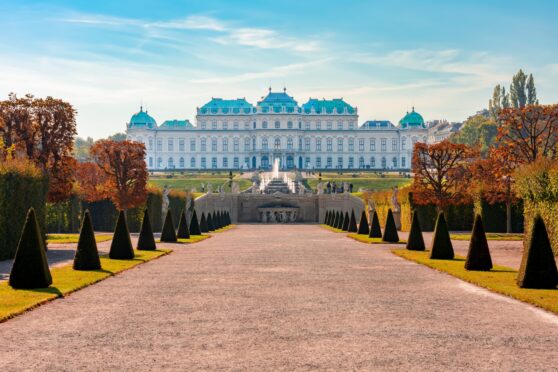
Vienna, the appealingly refined city that was once home to Mozart, Beethoven, Haydn, Schubert, Strauss and Mahler, has more cultural delights than you can shake a conductor’s baton at.
As the Austrian writer Karl Kraus once put it: “The streets of Vienna are paved with culture. The streets of other cities are paved with stone.”
The Austrian capital offers the best in everything from painting to palaces. Oh yes, and it can also lay claim to serving the world’s most scrumptious cake.
Vienna is a marvellous city to walk around. Wandering down the wide-open boulevards of the majestic historical centre, you are surrounded by mighty imperial buildings that resemble giant wedding cakes – in a good way.
If all that is not enough to tempt you to visit, you may well be inspired to go to the Austrian capital by watching Vienna Blood, the arresting period crime drama whose fourth series began on BBC2 earlier this week.
Perhaps the most celebrated cultural artefact in the city is Gustav Klimt’s globally famous 1907 painting, The Kiss, which hangs in the Upper Belvedere Palace. This Unesco World Heritage Site houses more Klimts – a total of 24 – than any other museum on earth.
Constructed in 1717 as the residence of Prince Eugene of Savoy, the head of the ruling Habsburg dynasty, the baroque palace possesses an innate grandeur.
The neo-classical statues outside the front of the Palace depict wild, rearing stallions being tamed by mythological figures. Meant to underscore the unchallenged potency and divine right of Prince Eugene, the artwork seems to proclaim: “Yes, I run the most important empire in the world. You?”
Inside the palace, in which hang more chandeliers than an episode of Only Fools And Horses, you come face-to-face with The Kiss.
Klimt’s immortal picture is even more stunning in real life than it is in photos. They say you should never meet your heroes, but I am not disappointed meeting this painting. If anything, it exceeds my expectations.
As a man and a woman lock in an everlasting kiss, the rapture on her face shines out. The composition of the picture, which was painted at the height of Klimt’s Golden Period, is spectacular as well. The woman’s golden gown tumbles down, flowing into a field of golden, pink and blue flowers. It is the ultimate merging of humanity with the landscape.
Another breathtaking Klimt is to be found at the nearby Secession Building (which, like the Upper Belvedere Palace, has featured in Vienna Blood). The painter founded the Secession Movement in 1897 as a revolt against the more conservative prevailing artistic style.
Klimt designed the Secession Building and in 1902 he curated an exhibition there dedicated to Beethoven, an iconoclastic hero to the new movement.
The artist painted an astonishing frieze around the interior of the main hall based on a story by Schiller and honouring Beethoven’s Ninth Symphony. The room stands as a powerful tribute to some of the most significant figures in the history of European culture.
You cannot leave Vienna without going to the Hotel Sacher and sampling its world-renowned Sachertorte. Created from a (still) secret family recipe invented by the hotel’s original owner, Franz Sacher, in 1832, this cake is a devilishly delicious combination of dense chocolate sponge, chocolate ganache and apricot jam. If you can resist this, you are a better person than I.
As I catch my evening flight home from this wonderfully grand city, I think, “Good night, Vienna. I hope it won’t be too long until I’m waltzing through your elegant streets again.”
P.S. I stayed in the attractively quirky Max Brown 7th District Hotel. The bedrooms all boast an engaging, offbeat design. Mine was adorned with a funky pink kettle and phone.
It also features a working vintage record turntable with an old Hugh Masekela album (Rare And Unreleased, since you ask) propped up against it.
As you stroll around the city, you can keep tuned into the hotel’s music with a Max Brown Spotify playlist. When I check out, the speakers in reception are blasting out A Town Called Malice by The Jam.
In this beautiful and welcoming city, the song title could scarcely be less appropriate.
Factfile
Vienna Blood is on BBC iPlayer. Rooms at the Max Brown 7th District Hotel cost from £78 a night. Flights to Vienna: ryanair.com

Enjoy the convenience of having The Sunday Post delivered as a digital ePaper straight to your smartphone, tablet or computer.
Subscribe for only £5.49 a month and enjoy all the benefits of the printed paper as a digital replica.
Subscribe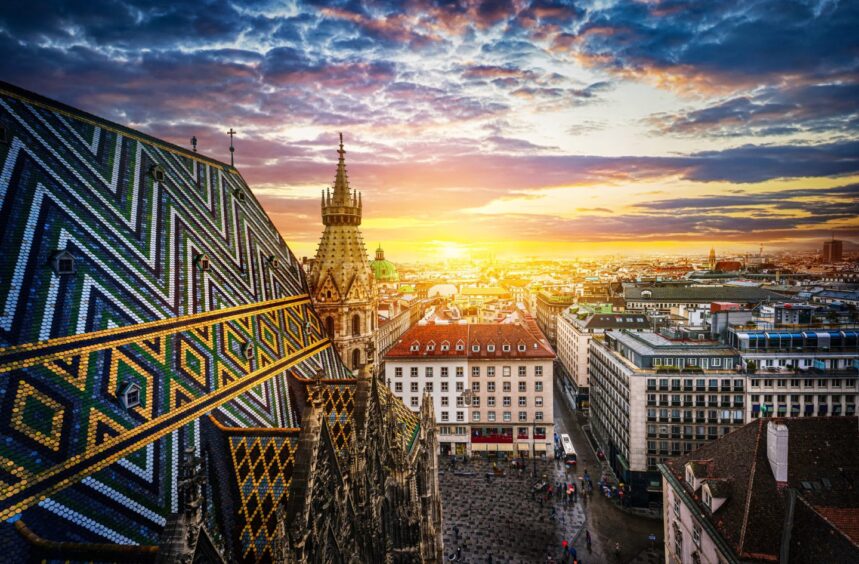 © Shutterstock / Triff
© Shutterstock / Triff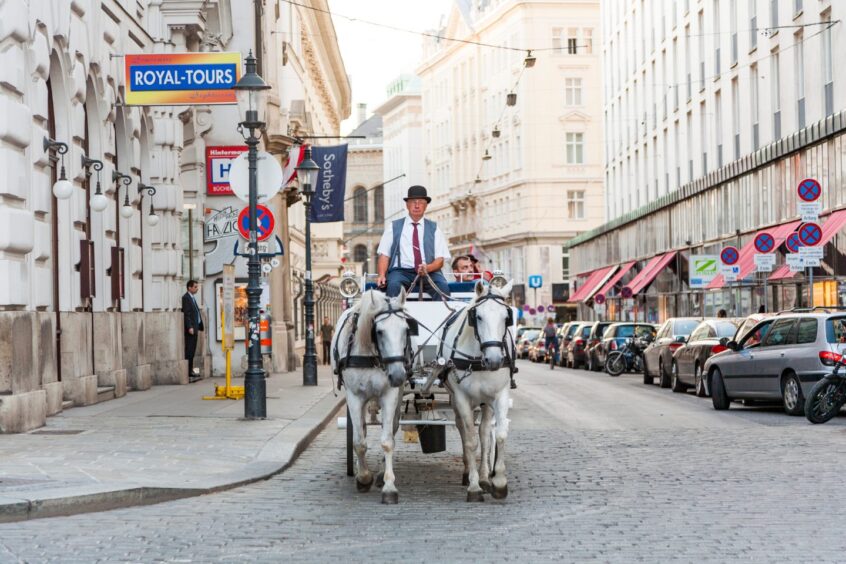 © Shutterstock / travelview
© Shutterstock / travelview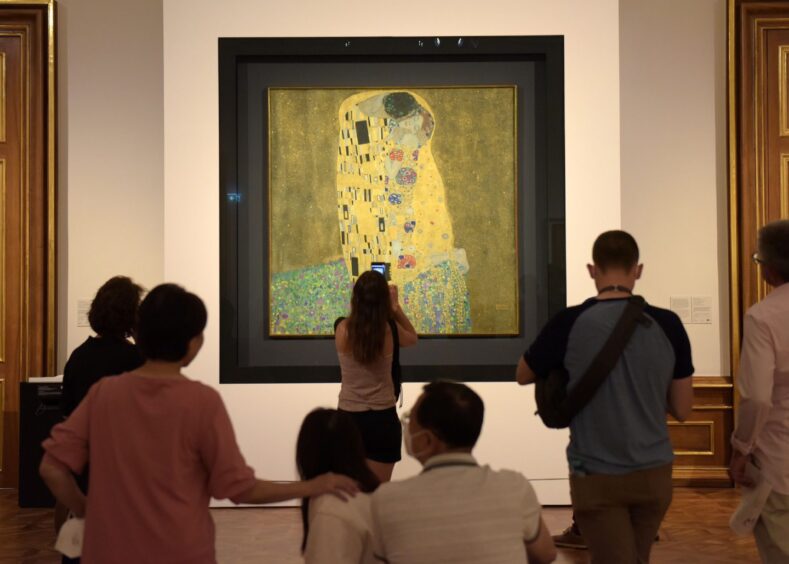 © Xinhua/Shutterstock
© Xinhua/Shutterstock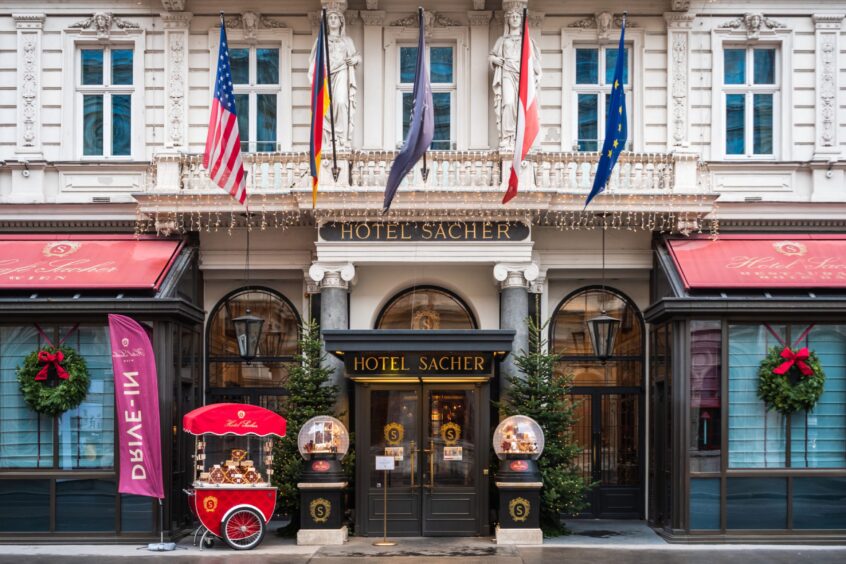 © Shutterstock / Dietmar Rauscher
© Shutterstock / Dietmar Rauscher